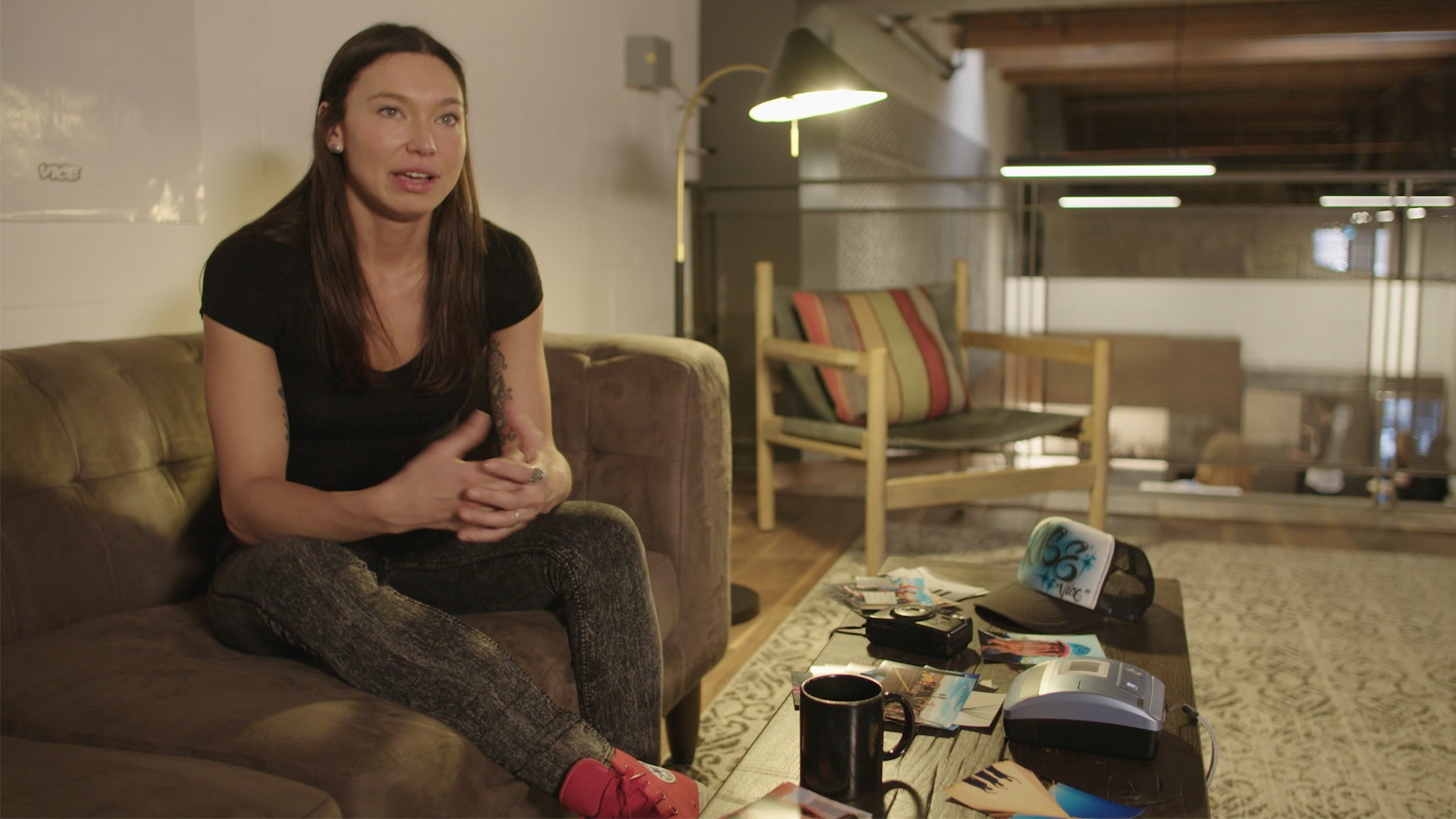Weeks was speaking to a group of people gathered for the People's Potluck at the Shinnecock Cultural Center. Organized by Kelly Dennis and Lisa Votino-Tarrant, co-chairs of the Defend the Sacred Subcommittee of the Progressive East End Reformers (PEER), the event was a rare opportunity for the public to be invited onto the grounds of the Shinnecock Nation. Dennis, a Shinnecock woman, and Votino-Tarrant, a white woman who married into the tribe, saw this as an opportunity to answer questions.About 80 people sat at round tables to discuss four major issues that Native Americans grapple with this time of year: Columbus Day, Mascots, Halloween, and Thanksgiving.
The People's Supper Potluck. (Photos via Jeremy Dennis)
Check out more videos from VICE:

And on Halloween, when girls and women are dressed up in cheap costumes made to look like their Regalia clothing, Coard thinks of the hundreds of hours women put into making their own dresses for the annual Shinnecock powwow. She thinks of the traditional buckskin, the wampum detailing, the sashes that might represent generations of families.
"It's not a costume," said Coard. But another Shinnecock woman in her 60s, who preferred her name not be used to remain private, argued. "They see it as a costume," she said with an air of resignation. "If companies are going to make the costumes, people are going to wear them.""No," said Coard, "It's supply and demand. If there's no demand, the companies won't make money. So people need to be educated to it."The Shinnecock were first forcibly restricted from practicing their culture in the 1600s. Over the years, they learned to hide traditions in the framework of the church.Other tribes who have more recently been exposed to the outside world are still dealing with the direct ramifications of being physically forced to give up their culture.
Tthe event was a rare opportunity for the public to be invited onto the grounds of the Shinnecock Nation. (Photo via Jeremy Dennis)
For Autumn Rose Williams, a young Shinnecock woman and current Miss Native American USA, feeling heard is of particular importance to her people."There's a history of muting the indigenous voice," she said. "Our history is either not taught at all or it's taught in the past tense. Even in college, I had to raise my hand and say, 'Hey I've done that ceremony and I still do it to this day.' We're taught that it's dead. We're still not being heard. This is a battle for indigenous people."Southampton was colonized in 1649, and the Shinnecock finally gained tribal status in 2010.